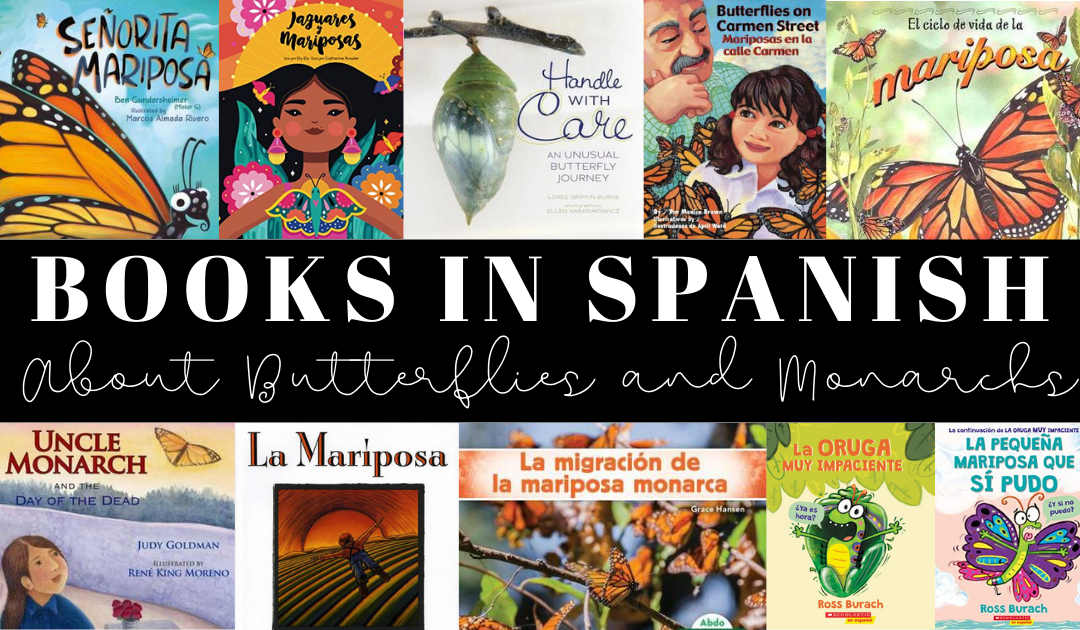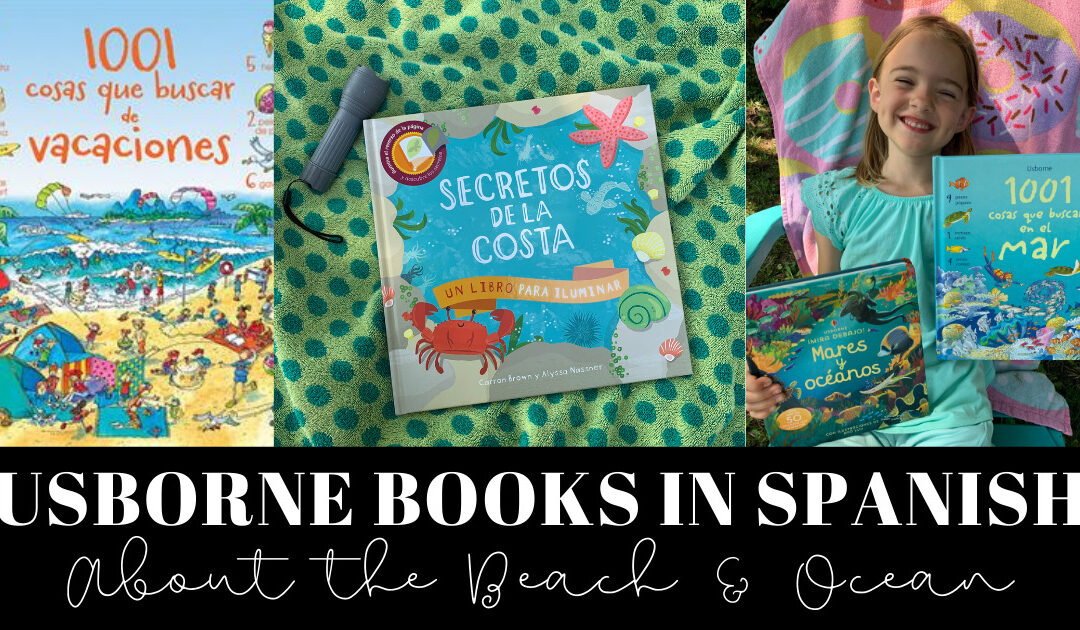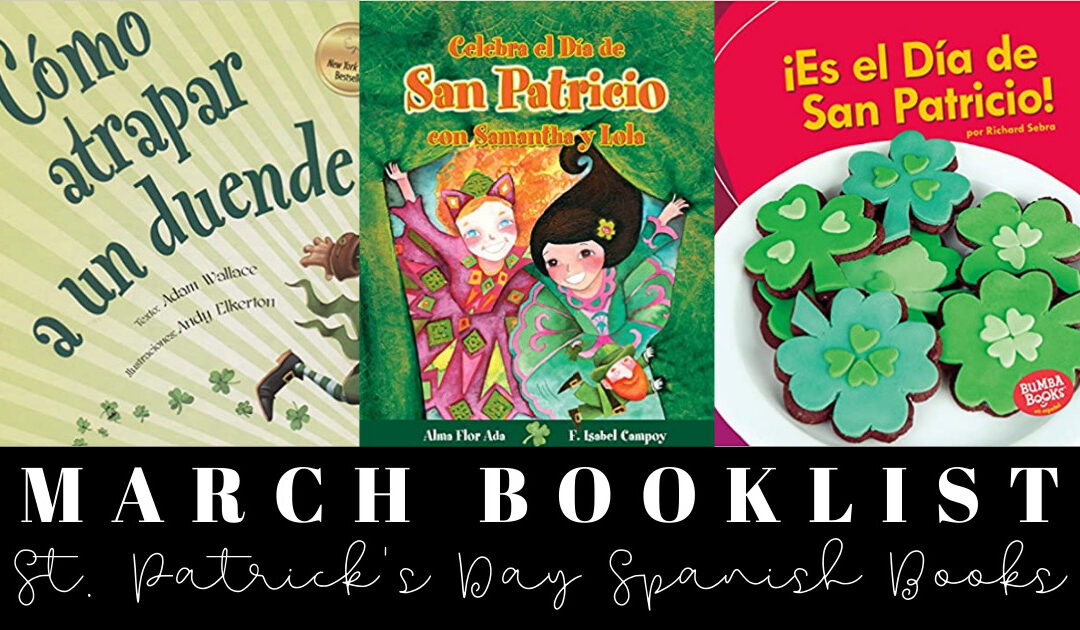 |
| Buy these here! |
What Could Be So Hard About Learning Colors?
During a conversation with my sister-in-law the other day, I realized learning colors in Spanish presents some problems I had forgotten about. She said, “I noticed when we were watching a video on YouTube that sometimes the color word will end in o and then other times the same word ends in an a.” That got me to thinking. How could I explain this concept to parents so they can understand it, and in turn teach their children? When it comes to learning, my perfectionism really kicks in, and I get frustrated easily if I come across something that I do not understand, or that takes some time to unpack. I always keep that frustration in the back of my mind when trying to find way to help parents help their children learn Spanish. I want to help the learning go as smoothly as possible.
Why Are Spanish Colors So Complicated?
After a few weeks of that conversation hanging around in my head, this pumpkin story idea struck me. I actually had written a pumpkin story to practice adjectives like bumpy, scratchy, rough, smooth, big, tall, small, and the like. Then I realized–that is exactly why Spanish colors can be tricky to learn: sometimes they are adjectives. For example, on the one hand you have the noun yellow–it’s a thing, you know? The color yellow. And on the other hand, the color yellow can also describe something. And that’s where we run into trouble with Spanish. Because gender. Wait. What does gender have to do with describing something?
Gender
Unless you have studied or speak another language besides English, you’re probably thinking, “What?! Why is gender an issue when learning Spanish?” Well, because somewhere along the way, somebody or something decided that Spanish nouns (persons, places, things) needed to be classified, or sorted, into two groups: feminine and masculine. So before we can describe a noun in Spanish, we have to know if it is feminine or masculine, because there are feminine and masculine adjectives as well.
How Pumpkins Can Help
If you are still with me, print out the pumpkin story below, and let me explain. If a Spanish word ends in o, that usually means it is masculine. If a Spanish word ends in a, that usually means the word is feminine. In related news, if a Spanish color word ends in o, we simply change it to an a if we are describing the color of a feminine noun. If you’re thinking, “Kali, I hate you. You make no sense,” no worries. I know you don’t hate me, and I know you will get it! Just print out the story below. I did all the changing for you. All you have to do is follow my lead.
To Print
Next, cut the pages in half like so, and staple together.
In the story, the colors are in rainbow order. You can leave them like this, or mix them up. Just make sure the last page is the orange page. This story follows the pattern of those cute little Usborne books like “That’s Not My Train!” (one of my boys’ favorite books when they were little). It begins, “That’s not my pumpkin. It is _____.” Fill in the blank with any color word that’s not orange. This story line works great for learning how to describe things in any language because of the repetitive pattern. It will also work well to help you get used to hearing the feminine version of the Spanish colors.
I chose to staple our book together first. Then I creased each page so it would stay open well for coloring. You can do this for each of your children so they each get their own book. Or you could wait to staple the book until the end, and give each child only a few pages to color–making one book together as a group. This would work well for a classroom setting too–give each student one page to color–and cut down on time spent coloring. One last option would be to color only one page per day, learning one color a day at a time, until you have completed the book and can read it to review the colors all together.
There is a color guide at the end of the story to explain the different feminine and masculine versions of each color word. You will notice that some of the color words stay the same for feminine and masculine nouns.
Each page begins with:
Translation: This is not my pumpkin.
Pronounced, “EH-stah no ehs mee cahl-ah-BAH-sah.”
Or whatever the color may be. Es (pronounced “ehs”) means “it is.” The word that comes after “Es” is the color word.
Lastly we have the last page that says:
Pronounced: “EH-stah see ehs mee kahl-ah-BAH-sah. Ehs ah-nah-rahn-HAH-dah.”
Translated: “This one, yes, is my pumpkin! It’s orange!”
Remember the story has a chart that helps you pronounce each color word. I hope you all have fun putting this story together and reading it over and over again!
Feliz coloring!!




